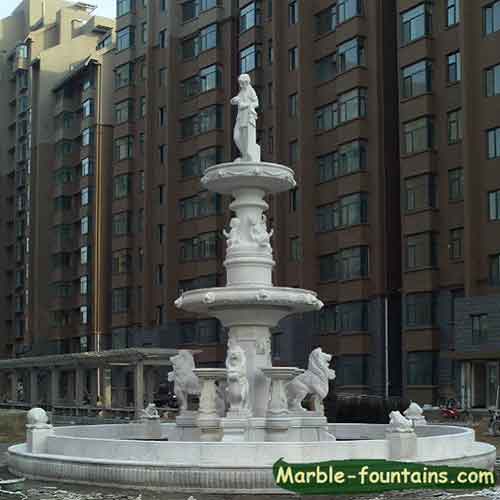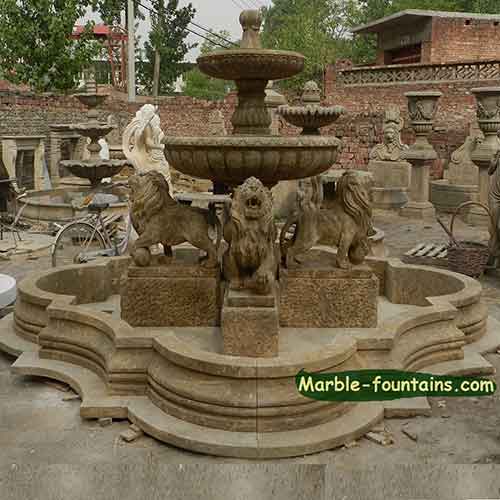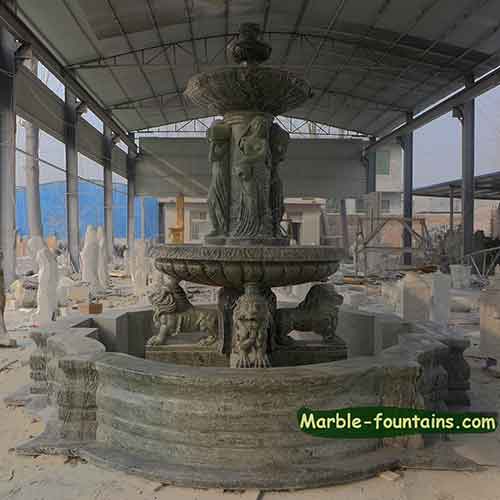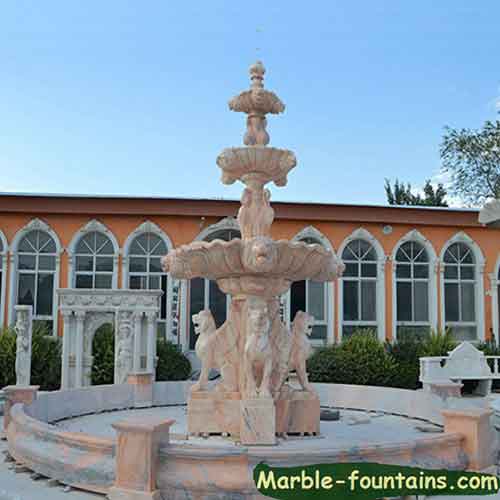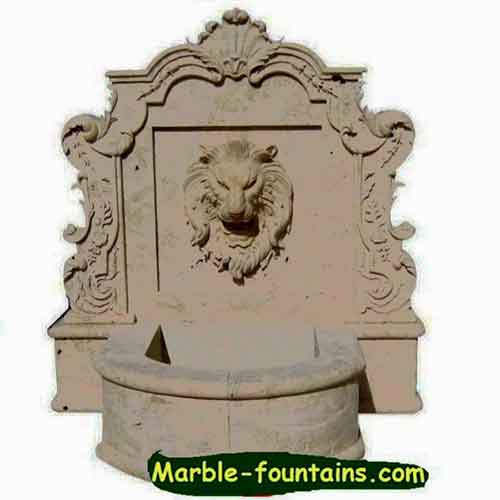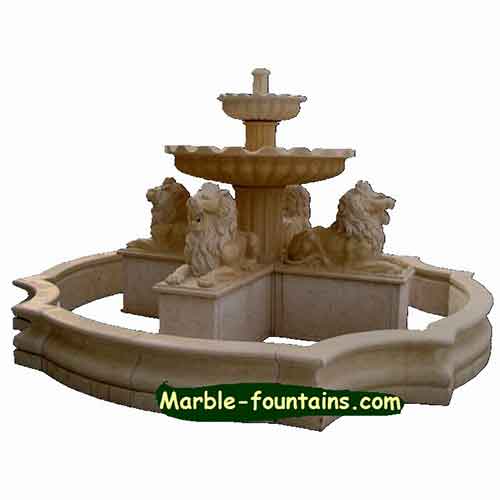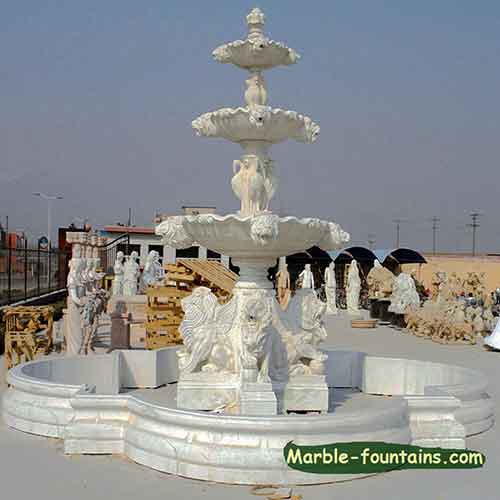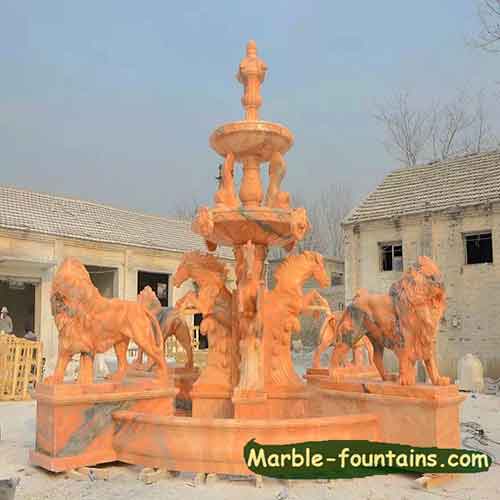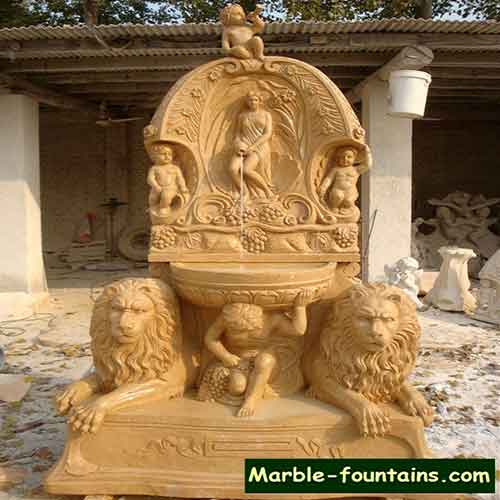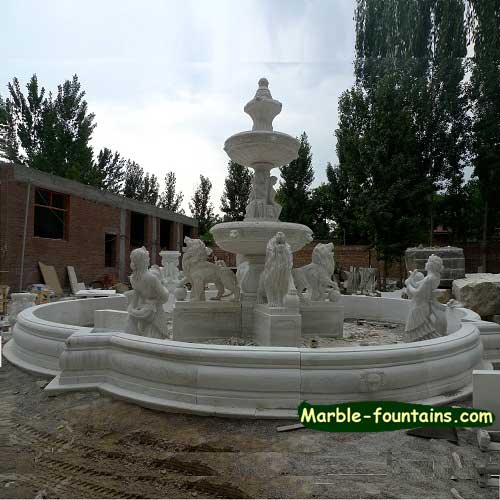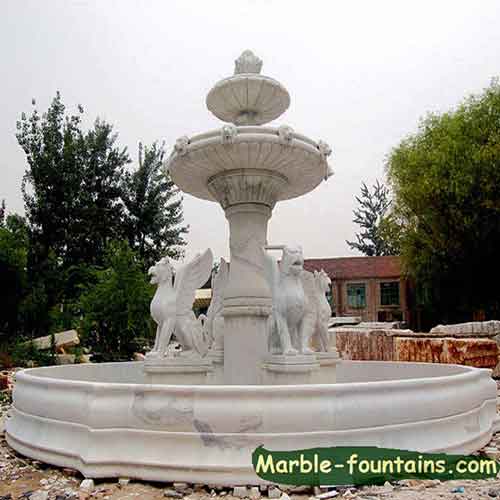INTRODUCTION
In the world of landscaping and artistic expression, few elements are as iconic and timeless as lion garden fountains, lion head outdoor fountains, and lion statues. These majestic symbols of strength and beauty have graced our gardens, parks, and public spaces for centuries, transcending time and trends. As we embark on this historical timeline, we'll journey from the grandeur of ancient Rome to the bustling streets of the modern world to explore the fascinating evolution of these captivating features.
From the enchanting elegance of a lion garden fountains to the regal allure of a lion head outdoor fountain, these magnificent sculptures have always been more than just ornamental fixtures. They hold a unique place in our culture, art, and history. And while you may not be in the market for a "garden fountain for sale ," understanding their historical significance adds a whole new layer to the appreciation of these striking masterpieces.
So, join us on a compelling voyage through time, where we'll discover how these iconic lion fountains and lion statues have roared their way into our hearts and our landscapes, leaving an indelible mark on the world of art and design. Strap in for a journey through the ages as we explore the remarkable story of lion garden fountains and their enduring charm, from ancient Rome to the present day.






